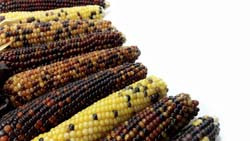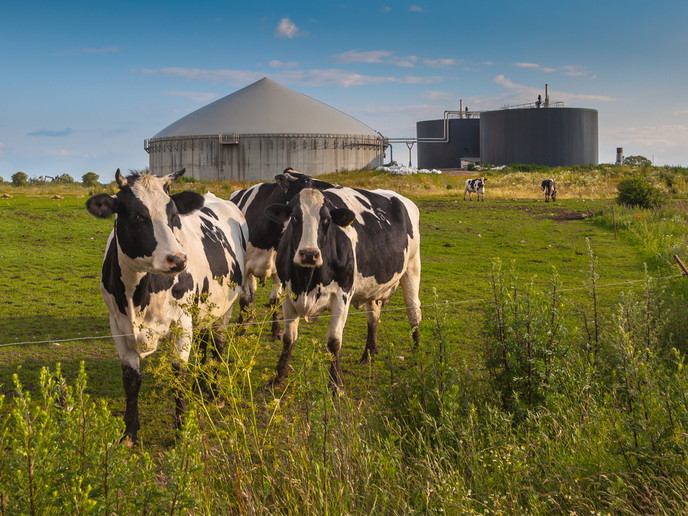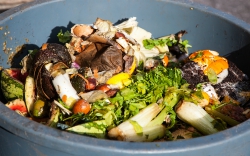Genetic analysis of ancient maize
Maize is one of the world's major staple crops, and the predominant genetic and physical traits have changed remarkably since its domestication millennia ago. In fact, a vast amount of genetic information has been lost from those early maize, or teosinte, varieties. The MAIZEKEY project compared the modern maize genome with ancient maize varieties found in New Mexico. The aim was to contribute novel genetic information, as well as improve our understanding of how breeding shaped the modern maize genome. Ancient maize samples from two time-points (750 years ago and 2 000 years ago) formed the basis for the research. The collected cobs differed in size and shape from each other as well as from modern maize, demonstrating the physical changes that occurred during domestication. MAIZEKEY designed and implemented a novel genomic sequencing process to get the most information from the maize samples. Genomic information was scarce or incomplete in many cases, so the project focused on regions of the genome important for nutrition and stress tolerance. Once the genomic sequencing was complete, researchers compared modern and ancient genomes to detect changes in the genome. The analysis identified several genes that are associated with domestication. The outcomes of the MAIZEKEY project will inform modern breeding programmes, as well as open up new genetic resources for potential biotechnological applications.







